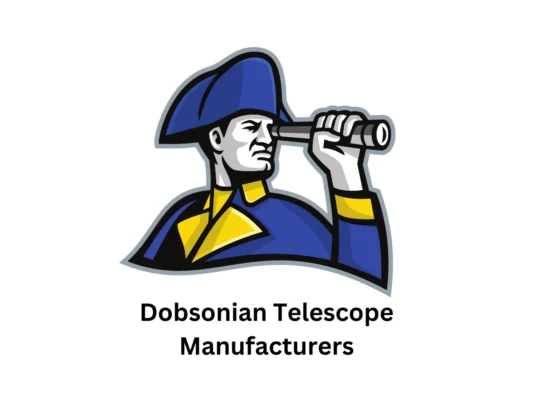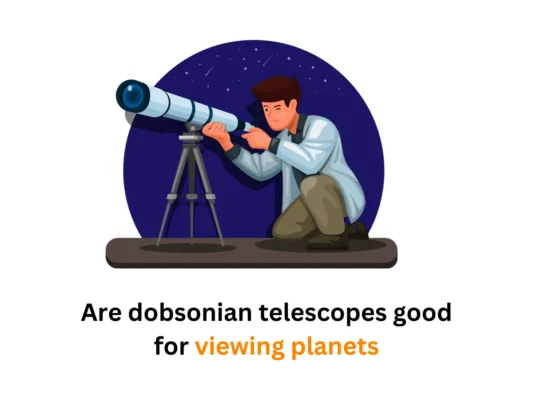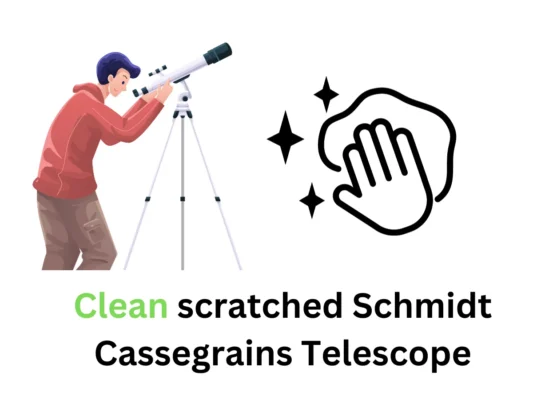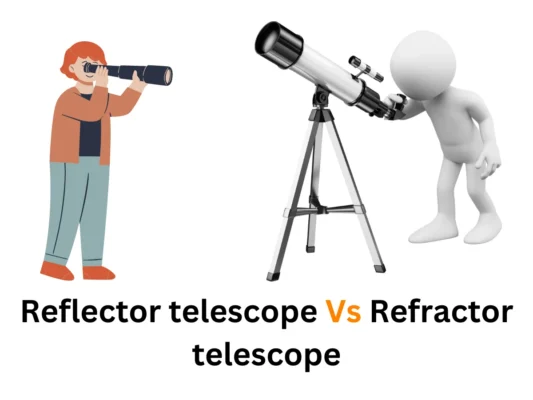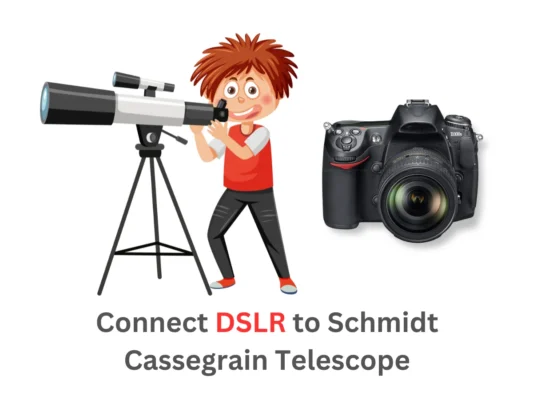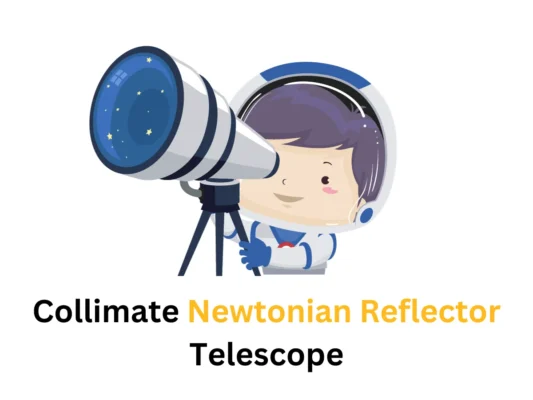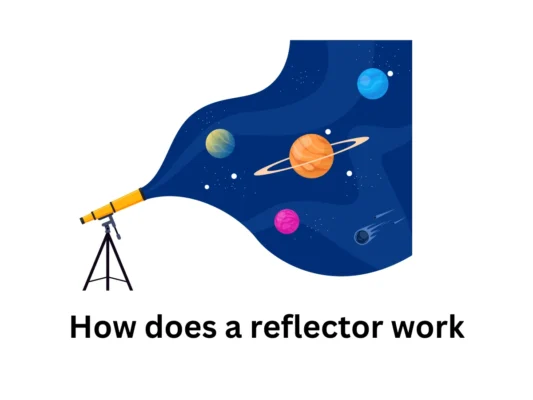The difference between Dobsonian telescope and Newtonian is, Dobsonian telescope is a type of reflecting telescope that was invented in 1962 by John Dobson. This design features a large, low-cost, relatively short focal length Newtonian optical system with the primary mirror mounted on a movable cell at the base and the eyepiece above it. It’s often considered one of the most user-friendly designs for beginners because it can be built from readily available materials and doesn’t require any specialized knowledge to build or use. The Newtonian telescope is also known as an anachronism.
Dobsonian telescope vs newtonian telescope is two types of telescopes. It is believed that Dobsonian telescope has a larger aperture than Newtonian, but it does not have as much magnification power. The prices for these types of optical instruments vary greatly depending on their features and quality. Which one you choose will depend on your budget and what you need the telescope to do for you.
Dobsonian telescope
A Dobsonian telescope is a relatively cheap, easy-to-use telescope that can be assembled in just minutes. It is perfect for beginners and intermediate users who want an inexpensive way to explore the night sky, but don’t want to invest a lot of money into their hobby. A Dobsonian telescope has a two-axis mount which means it will stay fixed on one object without needing adjustments from the user. This makes it easier for beginners because they won’t have to worry about making adjustments when they are trying to find objects in the sky. like Schmidt cameras.
The Dobsonian telescope vs Newtonian is two different types of telescopes. The Dobsonian is a type of reflector that many people use for amateur astronomy. This type of telescope uses a column to hold up the mirror, while Newtonian is an older design that has been around since 1668 when Sir Isaac Newton invented it.
One thing we should note about this blog post is that there’s no way to tell which one will be better or worse than another because it all depends on what you’re looking at and what your needs are.
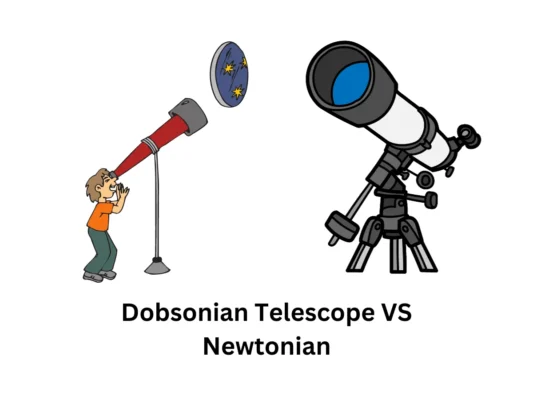
The Dobsonian telescope is the most popular type in use today because it’s generally cheaper, easier to use, and can be had by anyone. What makes this even better are some nifty features that make using your favorite scope more cost-effective.
Also, read a helpful article on what is a dobsonian telescope
Altazimuth mount
Altaazimuth mount is a type of telescope mount that uses two slow-motion axes, one in altitude and one in azimuth. The name comes from the Arabic word “al ta’a ziyadah” which means “altitude-elevation.” Altazimuth mounts are popular because they can be used for both astronomical and terrestrial applications. They also allow for quick pointing to any object in either hemisphere without having to move the entire observatory around on its base as would be required with an equatorial or polar mount.
Tubes
Tubes are often used in Dobsonian telescopes to help the telescope track celestial objects. They are also sometimes used on refractors or reflector telescopes so that they can be motorized, but these types of tubes have some limitations which will be discussed later. Tubes come in a variety of sizes and there are many different kinds of materials that they can be made from. For instance, some people prefer metal over plastic because it is more durable while others prefer plastic because it’s cheaper and lighter in weight. Different sizes mean you need to make sure your tube has an opening large enough for your eyepiece at the bottom end where you look through the telescope.
Mirrors
In this article, we will be discussing how to use mirrors in a Dobsonian telescope. The Dobsonians are the best telescopes on the market for beginners because they are easy to assemble and use. In order to get a clear image of what you’re looking at, you’ll need to align your mirrors correctly so that they reflect light into the eyepiece without any obstructions.
There is an easy way to do this: position your eye next to one side of the mirror and look across it through the other side – if there’s a “halo” around where you can see out, then you know that something is blocking light from coming out but not going in. Now all you have left is figuring out which part needs adjusting.
Newtonian Telescopes
It is a type of reflecting telescope. It uses the principles of reflection to collect light and, because it doesn’t have lenses, can have a much larger aperture than refracting telescopes. The focal length is determined by the size of the mirror or lens, which means that they are usually shorter in length than other types of telescopes.
For this reason, they often come with short eyepieces, but these can be replaced with longer ones if desired. They are also less expensive to manufacture because their shape doesn’t require as much precision when cutting glass into shapes for lenses or mirrors. Unlike many other types of telescopes that use curved mirrors or lenses to produce an image, this design produces images without distortion.
Also, read this helpful article What is a newtonian reflector telescope
Is there any difference between Dobsonian telescope vs Newtonian?
The first difference between a Dobsonian telescope vs newtonian is the language they use. One word, for example; is “lexical.” The second major factor relates to physical differences in design: while both options provide an excellent choice if you’re on a budget but want good optics (because as we know from our earlier lesson on telescopes – there isn’t much of that out there!), those who desire top-of-the-line quality will find themselves better off with one type rather than another based largely upon personal preference.
The main difference between Dobsonian telescope vs newtonian is the way light enters the tube and where it comes out. The Dobsonian telescope has an open design so you can see all of the workings of the scope while looking through it, but this means dust will easily accumulate on your optics if not taken care of properly. Newtonian scopes have closed tubes that protect them from dirt and debris, but this makes them harder to service
Although there is some disagreement on what traits make up a ‘classic’ telescope, most people agree that the two types are similar. A Newtonian Telescope features mostly reflecting optics and can be called either an Alvan Clark or Meade brand name; while Dobsonians feature slight modifications to their mountings which allow for better tracking of objects in space (even if they’re not being observed).
You can check reviews of telescopes here
Conclusion
Building a Dobsonian telescope is the best option for beginners. The design of this type of telescope has been around since 1845, which means it’s tried and true. Plus, many people find that they are more comfortable working with wood than metal due to its simplicity in construction – even if you have never used tools before! It’s also worth noting that there is an abundance of tutorials online so if you get stuck on something or need help understanding how to do it, there are plenty of resources available to guide your way through the process. Now go out and see what exploring space looks like from home.



